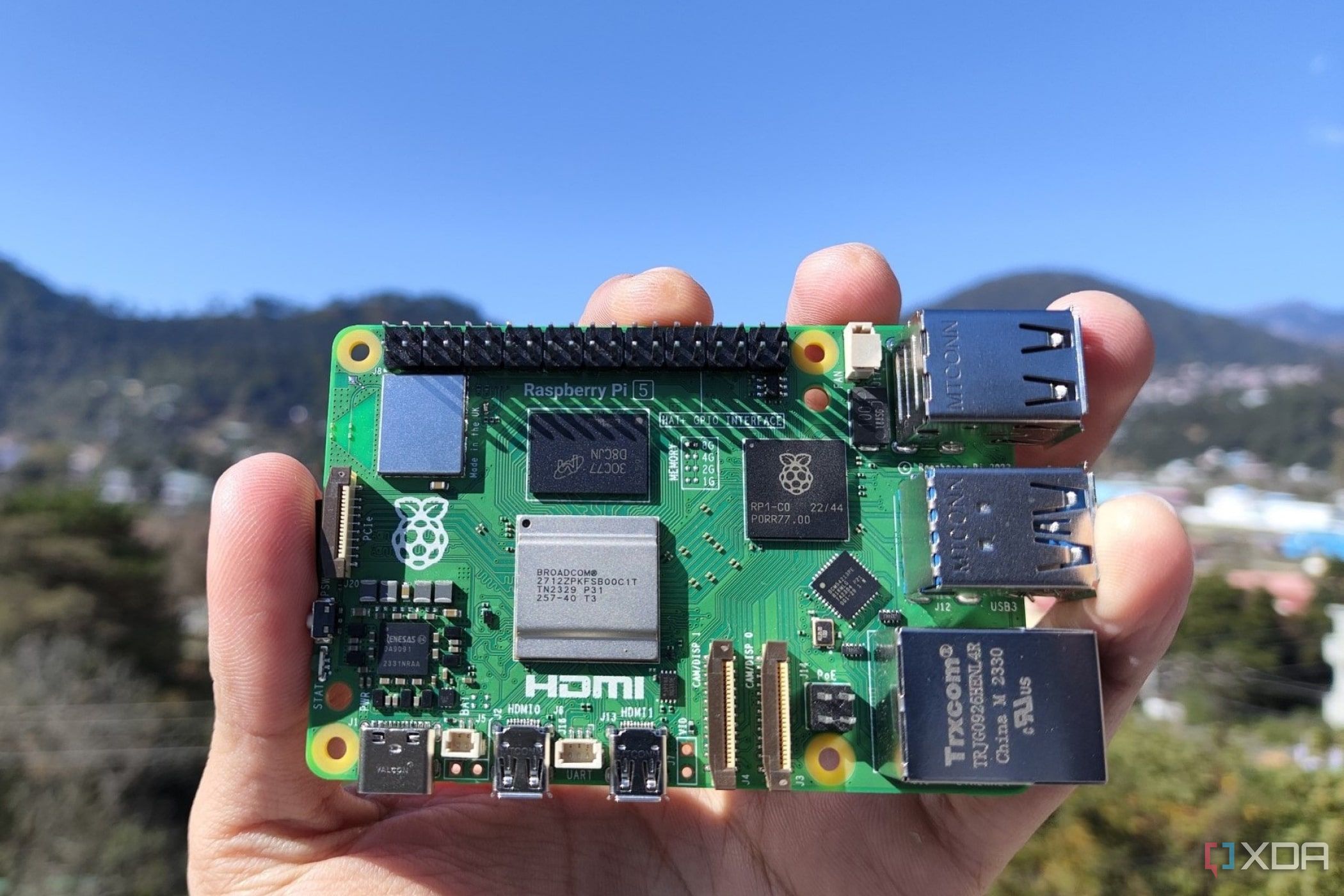How To Use Monitor Raspberry Pi Behind Firewall Without MAC
So, you're thinking about setting up a Raspberry Pi behind a firewall but don’t want to deal with MAC address complications? Trust me, you’re not alone. More and more people are looking for ways to monitor their Raspberry Pi setups securely and efficiently without jumping through hoops. In this guide, we’ll break it down step by step so even if you’re new to this whole tech scene, you’ll feel like a pro by the end.
Let’s face it—Raspberry Pi is one of the most versatile little gadgets out there. Whether you’re using it as a home automation hub, a media server, or just tinkering around, having remote access to your Pi is essential. But what happens when your network is locked down tight behind a firewall? That’s where things can get tricky. Don’t worry though; we’ve got your back.
In this article, we’re going to dive deep into how you can monitor your Raspberry Pi behind a firewall without needing its MAC address. We’ll cover everything from basic setup tips to advanced tricks that’ll make your life easier. Ready? Let’s get started!
Understanding Your Network Setup
Before we dive into the nitty-gritty details, let’s take a moment to understand what exactly we’re dealing with here. A firewall is essentially a security system designed to protect your network from unauthorized access. It’s like a bouncer at a club—only letting in the people who are on the guest list. When you want to access your Raspberry Pi remotely, you need to find a way to get past this gatekeeper without compromising your security.
Now, why do we avoid using the MAC address? Well, for starters, MAC addresses are hardware-specific identifiers that can sometimes cause more trouble than they’re worth. Plus, some firewalls might block or restrict access based on MAC addresses, making it harder to manage your Pi remotely.
Key Concepts to Know
- Firewall basics: What it does and how it works.
- Static IP vs Dynamic IP: Why static IP is better for this setup.
- Port forwarding: How it helps in accessing devices behind a firewall.
Setting Up Your Raspberry Pi for Remote Access
Alright, now that we’ve got the theory out of the way, let’s talk about the actual setup. The first step is to configure your Raspberry Pi so that it’s ready for remote monitoring. This involves a few key steps, including setting up SSH, configuring your network settings, and ensuring everything is secure.
Here’s a quick rundown of what you’ll need to do:
Step 1: Enable SSH on Your Raspberry Pi
SSH (Secure Shell) is the backbone of remote access. It allows you to connect to your Raspberry Pi securely over the internet. To enable SSH, follow these simple steps:
- Boot up your Raspberry Pi and log in.
- Open the terminal and type `sudo raspi-config`.
- Navigate to "Interfacing Options" and select "SSH".
- Choose "Yes" to enable SSH and then reboot your Pi.
Step 2: Configure Network Settings
Once SSH is up and running, it’s time to configure your network settings. Ideally, you’ll want to assign a static IP address to your Raspberry Pi. This ensures that your Pi always has the same IP address, which makes it easier to connect to it later.
To set a static IP, follow these steps:
- Open the terminal and edit the `/etc/dhcpcd.conf` file using `sudo nano /etc/dhcpcd.conf`.
- Add the following lines at the bottom of the file:
interface eth0
static ip_address=192.168.1.100/24
static routers=192.168.1.1
static domain_name_servers=192.168.1.1
Save the file and reboot your Pi to apply the changes.
Using Port Forwarding to Access Your Pi
Now that your Raspberry Pi is all set up, it’s time to tackle the firewall issue. One of the most common ways to access a device behind a firewall is by using port forwarding. This involves configuring your router to direct incoming traffic on a specific port to your Raspberry Pi.
How Does Port Forwarding Work?
Port forwarding essentially creates a tunnel through your firewall, allowing you to access your Raspberry Pi from outside your local network. Here’s how you can set it up:
- Log in to your router’s admin panel (usually via a web browser).
- Find the "Port Forwarding" or "Virtual Server" section.
- Add a new rule, specifying the port number (e.g., 22 for SSH) and the internal IP address of your Raspberry Pi.
- Save the settings and test the connection.
Securing Your Setup
Security should always be a top priority when setting up remote access. Here are a few tips to keep your Raspberry Pi safe:
- Change the default SSH port to something less obvious (e.g., 2222 instead of 22).
- Use strong passwords or SSH keys for authentication.
- Enable a firewall on your Raspberry Pi using `sudo ufw enable`.
- Regularly update your Pi’s software to patch any vulnerabilities.
Alternative Methods for Remote Monitoring
While port forwarding is a popular method, it’s not the only way to monitor your Raspberry Pi behind a firewall. Here are a few alternative approaches:
1. Using a Dynamic DNS Service
Dynamic DNS (DDNS) services allow you to assign a domain name to your Raspberry Pi’s IP address. This makes it easier to connect to your Pi, even if your IP address changes. Some popular DDNS providers include No-IP and DuckDNS.
2. Setting Up a Reverse SSH Tunnel
A reverse SSH tunnel allows you to connect to your Raspberry Pi from outside your network without needing to configure port forwarding. This method is especially useful if you don’t have access to your router’s settings.
Tools and Software to Consider
There are several tools and software that can help streamline the process of monitoring your Raspberry Pi behind a firewall. Here are a few worth checking out:
- ngrok: A simple tool for exposing local servers to the internet.
- TeamViewer: A remote desktop application that works great with Raspberry Pi.
- WireGuard: A modern VPN solution that can be used for secure remote access.
Best Practices for Managing Your Raspberry Pi
Now that you’ve got everything set up, here are a few best practices to keep in mind:
1. Regularly Backup Your Data
Backing up your Raspberry Pi’s data is crucial, especially if you’re using it for important tasks. You can use tools like rsync or Timeshift to automate the backup process.
2. Monitor System Performance
Keep an eye on your Raspberry Pi’s performance using tools like htop or glances. This will help you identify any potential issues before they become serious problems.
3. Stay Updated
Make sure to regularly update your Raspberry Pi’s software and firmware. This ensures that you have the latest features and security patches.
Real-World Applications
So, why would you want to monitor your Raspberry Pi behind a firewall? Here are a few real-world applications:
- Home automation: Control smart devices in your home remotely.
- Media server: Stream movies and music from your Pi to other devices.
- Web server: Host a website or web application on your Raspberry Pi.
Conclusion
And there you have it—a comprehensive guide on how to use monitor Raspberry Pi behind a firewall without MAC. By following the steps outlined in this article, you should now have a secure and reliable setup for remote access to your Pi.
Remember, security is key when dealing with firewalls and remote access. Always use strong passwords, keep your software updated, and consider using additional security measures like firewalls and encryption.
Now it’s your turn! Try out these methods and see which one works best for you. If you have any questions or run into any issues, feel free to leave a comment below. And don’t forget to share this article with your friends who might find it useful. Happy tinkering!
Table of Contents
- Understanding Your Network Setup
- Setting Up Your Raspberry Pi for Remote Access
- Using Port Forwarding to Access Your Pi
- Securing Your Setup
- Alternative Methods for Remote Monitoring
- Tools and Software to Consider
- Best Practices for Managing Your Raspberry Pi
- Real-World Applications
- Conclusion
- Bitter Kola Benefits Unlocking Natures Hidden Treasures
- Unraveling The Enigma Is Trump The Antichrist

How To SSH To Raspberry Pi Behind Firewall On Mac A Complete Guide

Raspberry Pi 15.6 Inch Monitor

How to protect your home network with a Raspberry Pi firewall